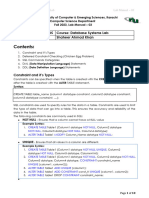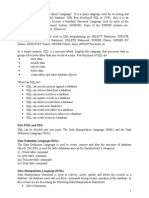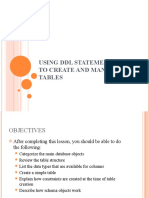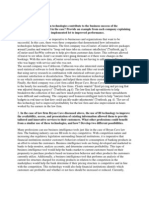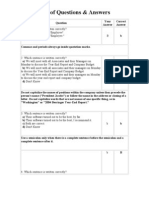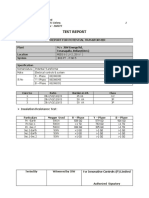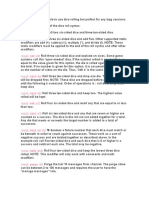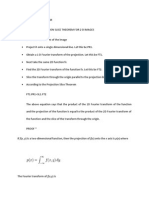0% found this document useful (0 votes)
81 views32 pagesQueries - Class of DB
This document provides an overview of SQL (Structured Query Language) concepts including data types, creating and modifying database tables, inserting and updating data, and joining tables in queries. Key topics covered include the DESCRIBE statement to view table structures, the INSERT statement to add data to tables, the UPDATE and DELETE statements to modify data, the ALTER TABLE statement to modify table structures, and examples of creating tables and relationships between tables using primary and foreign keys. Constraints, transactions, and other SQL features are demonstrated through examples. Exercises at the end provide examples of creating a table with constraints and answering queries against multiple joined tables.
Uploaded by
syma masoodCopyright
© Attribution Non-Commercial (BY-NC)
We take content rights seriously. If you suspect this is your content, claim it here.
Available Formats
Download as PPT, PDF, TXT or read online on Scribd
0% found this document useful (0 votes)
81 views32 pagesQueries - Class of DB
This document provides an overview of SQL (Structured Query Language) concepts including data types, creating and modifying database tables, inserting and updating data, and joining tables in queries. Key topics covered include the DESCRIBE statement to view table structures, the INSERT statement to add data to tables, the UPDATE and DELETE statements to modify data, the ALTER TABLE statement to modify table structures, and examples of creating tables and relationships between tables using primary and foreign keys. Constraints, transactions, and other SQL features are demonstrated through examples. Exercises at the end provide examples of creating a table with constraints and answering queries against multiple joined tables.
Uploaded by
syma masoodCopyright
© Attribution Non-Commercial (BY-NC)
We take content rights seriously. If you suspect this is your content, claim it here.
Available Formats
Download as PPT, PDF, TXT or read online on Scribd
/ 32







